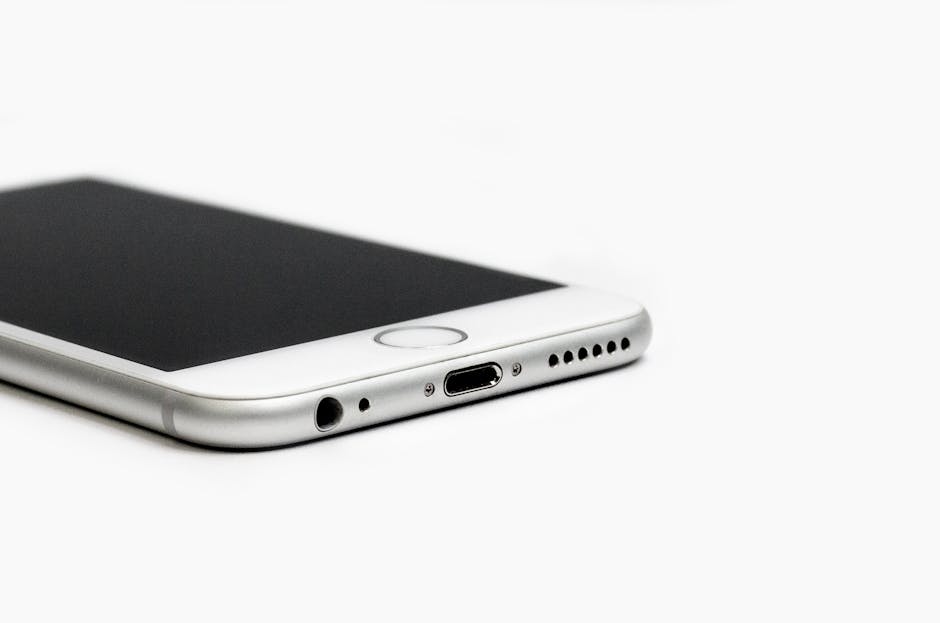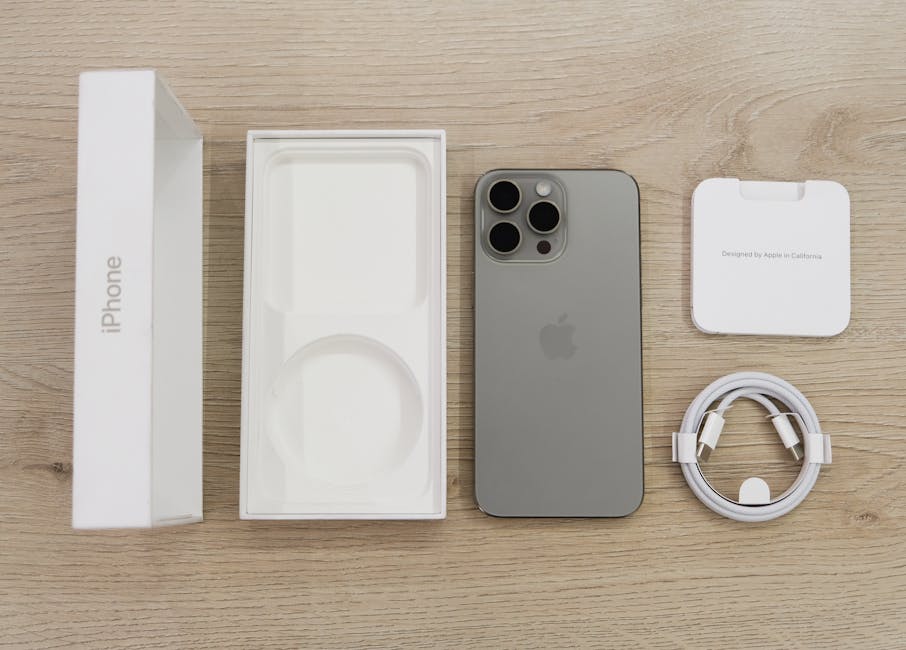If you’re wondering how to enable hardware acceleration chrome to improve your browser’s performance, you’ve come to the right place. Hardware acceleration utilizes your computer’s GPU (Graphics Processing Unit) to handle graphics-intensive tasks, freeing up your CPU and potentially resulting in a faster and more responsive browsing experience. This article will guide you through the process of enabling this feature, troubleshooting common issues, and understanding its benefits.
Understanding Hardware Acceleration in Chrome
Hardware acceleration is a feature within Google Chrome that offloads certain tasks, primarily graphics rendering and video decoding, from the CPU to the GPU. This can lead to significant performance improvements, especially when dealing with websites that use complex animations, videos, or 3D graphics. Without hardware acceleration, your CPU has to handle all of these tasks, which can cause slowdowns, lag, and even crashes, especially on older or less powerful computers.
The benefits of enabling hardware acceleration include:
Improved Performance: Faster page loading and smoother scrolling. Reduced CPU Usage: Less strain on your CPU, leading to better overall system performance. Enhanced Video Playback: Smoother and more reliable video streaming. Better Gaming Experience: Improved performance for browser-based games.
Steps on How to Enable Hardware Acceleration Chrome
Enabling hardware acceleration in Chrome is a straightforward process. Follow these steps:
- Open Google Chrome: Launch your Google Chrome browser.
- Access Chrome Settings: Click on the three vertical dots (Customize and control Google Chrome) in the top-right corner of the browser window. From the dropdown menu, select “Settings.”
- Navigate to System Settings: In the Settings menu, scroll down to the bottom and click on “Advanced” to reveal more options. Then, scroll down until you find the “System” section.
- Enable Hardware Acceleration: In the “System” section, you should see an option labeled “Use hardware acceleration when available.” Toggle the switch to the “On” position (it should turn blue).
- Relaunch Chrome: Chrome will prompt you to relaunch the browser for the changes to take effect. Click on the “Relaunch” button.
After relaunching, Chrome will now be using hardware acceleration. You should notice an improvement in performance when browsing websites with rich media content.
Troubleshooting Hardware Acceleration Issues
While hardware acceleration can significantly improve performance, it can sometimes cause problems. If you experience issues after enabling hardware acceleration, such as visual glitches, crashes, or freezes, you may need to troubleshoot the feature.
Common Problems and Solutions
Visual Glitches or Artifacts: If you see strange lines, distortions, or other visual artifacts on your screen, it could be a sign that hardware acceleration is causing problems with your graphics card driver. Try updating your graphics card drivers to the latest version. Browser Crashes: In rare cases, hardware acceleration can lead to browser crashes. If Chrome crashes frequently after enabling the feature, try disabling it to see if the problem resolves. Freezing or Lag: If your browser freezes or becomes unresponsive, hardware acceleration might be the culprit. Disabling it can help determine if this is the case. Incompatible Graphics Card: Older graphics cards may not be fully compatible with hardware acceleration. If you have an older card, you might experience more issues with the feature enabled.
How to Disable Hardware Acceleration Chrome
If you are experiencing problems with hardware acceleration, disabling it is just as easy as enabling it. Follow these steps:
- Open Chrome Settings: Navigate to the Chrome settings menu as described earlier (three vertical dots > Settings).
- Access System Settings: Scroll down to the bottom of the Settings page and click “Advanced,” then scroll down to “System.”
- Disable Hardware Acceleration: Toggle the switch next to “Use hardware acceleration when available” to the “Off” position (it should turn gray).
- Relaunch Chrome: Relaunch the browser to apply the changes.
After disabling hardware acceleration, monitor your browser’s performance to see if the issues have been resolved. If the problems persist, you may need to investigate other potential causes, such as outdated drivers or conflicting software.
Updating Graphics Card Drivers
Outdated graphics card drivers are a common cause of problems with hardware acceleration. Keeping your drivers up-to-date can resolve many of these issues.
Steps to Update Your Graphics Card Drivers
- Identify Your Graphics Card: Determine the make and model of your graphics card. You can usually find this information in the Device Manager (search for “Device Manager” in the Windows search bar).
- Visit the Manufacturer’s Website: Go to the website of your graphics card manufacturer (e.g., NVIDIA, AMD, Intel).
- Download the Latest Drivers: Find the drivers download section and search for the latest drivers for your specific graphics card model and operating system.
- Install the Drivers: Download and run the installer. Follow the on-screen instructions to install the latest drivers.
- Restart Your Computer: After the installation is complete, restart your computer to ensure that the new drivers are properly loaded.
Updating your graphics card drivers can often resolve compatibility issues with hardware acceleration and improve overall system performance.
Checking Chrome Flags for Advanced Settings
Chrome Flags are experimental features that can be enabled or disabled to customize your browsing experience. Some flags can affect hardware acceleration and graphics rendering.
How to Access and Modify Chrome Flags
- Open Chrome: Launch your Google Chrome browser.
- Type in the Address Bar: In the address bar, type `chrome://flags` and press Enter. This will take you to the Chrome Flags page.
- Search for Relevant Flags: Use the search bar on the Flags page to find flags related to hardware acceleration, GPU, or graphics.
- Enable or Disable Flags: Experiment with different flags to see if they improve or worsen your performance. Be cautious when changing flags, as some may cause instability.
- Relaunch Chrome: After changing any flags, relaunch Chrome for the changes to take effect.
Some flags that you might find useful include:
Override software rendering list: This flag forces Chrome to use hardware acceleration even if your graphics card is not officially supported. GPU rasterization: Enables the GPU to handle rasterization tasks, which can improve performance. Zero-copy rasterizer: Reduces memory usage by avoiding unnecessary data copies.
Remember to proceed with caution when modifying Chrome Flags, as they are experimental features and may not be fully stable.
Alternatives to Hardware Acceleration
If hardware acceleration consistently causes problems on your system, you may need to explore alternative solutions for improving browser performance.
Optimizing Chrome Settings
Clear Browsing Data: Regularly clear your browsing history, cache, and cookies to remove unnecessary data that can slow down your browser. Disable Unnecessary Extensions: Disable or remove extensions that you don’t use, as they can consume resources and impact performance. Keep Chrome Up-to-Date: Ensure that you are using the latest version of Chrome, as updates often include performance improvements and bug fixes.
- Use a Lightweight Theme: Avoid using resource-intensive themes that can slow down your browser.
Upgrading Hardware
If your computer is old or underpowered, upgrading your hardware can significantly improve browser performance. Consider upgrading your RAM, CPU, or graphics card.
Using a Different Browser
If you continue to experience problems with Chrome, you might consider using a different browser, such as Firefox or Microsoft Edge, to see if it offers better performance on your system.
Additional Sources and References
- Wikipedia – how to enable hardware acceleration chrome
- Learn more about how to enable hardware acceleration chrome
Conclusion
Knowing how to enable hardware acceleration chrome can significantly improve your browsing experience by offloading graphics-intensive tasks to your GPU. While it can boost performance, it’s essential to troubleshoot any issues that may arise. By following the steps outlined in this article, you can optimize your Chrome settings and enjoy a smoother, faster, and more responsive browsing experience. If you encounter persistent problems, remember to update your graphics card drivers or consider alternative solutions. Remember to always keep an eye on your system’s performance after enabling or disabling features like hardware acceleration.






